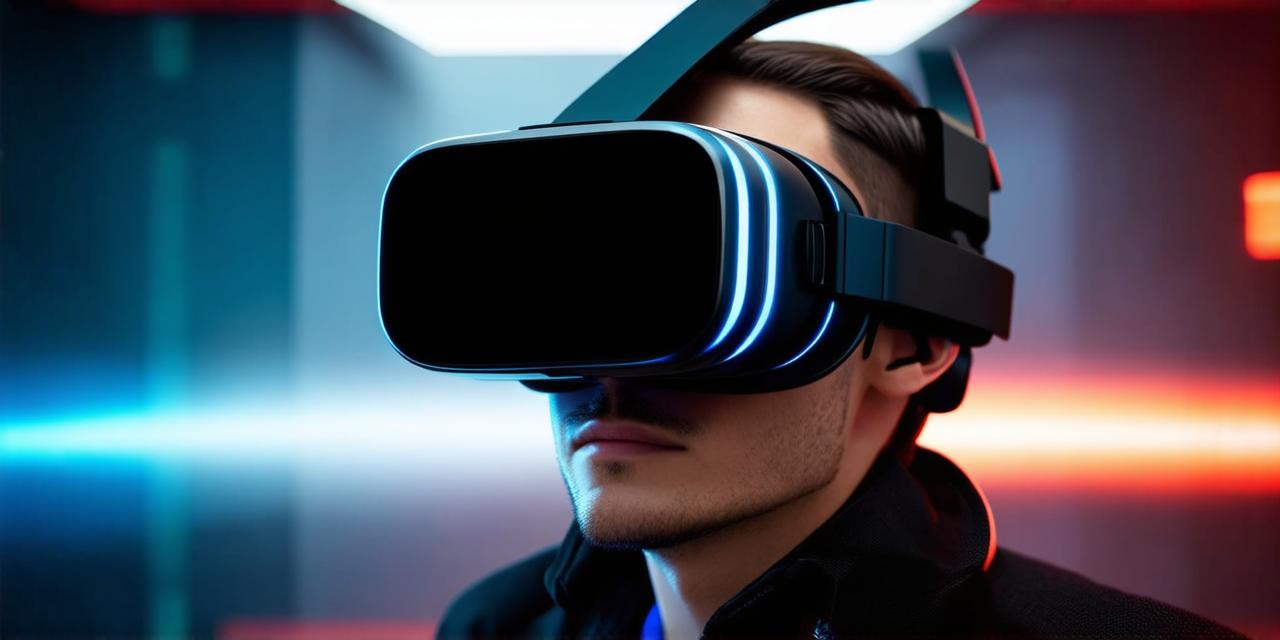What are Virtual Reality Headsets?
Virtual reality headsets are devices that enable users to experience a computer-generated environment as if it were real.
Components of Virtual Reality Headsets
Virtual reality headsets consist of several components that work together to create an immersive experience for the user. These components include:
Display Screens
As mentioned earlier, virtual reality headsets have two display screens, one for each eye. These screens use liquid crystal displays (LCDs) or organic light-emitting diodes (OLEDs) to display images in stereoscopic 3D.
Tracking System
The tracking system is responsible for monitoring the user’s movements and adjusting the display accordingly. It uses sensors and cameras to track the user’s head movement and adjust the image displayed on the screen in real-time.
Processor
The processor is responsible for rendering the 3D images that are displayed on the screens. It uses software algorithms to generate the images, which are then sent to the display screens. The processor also manages the tracking system and ensures that the user’s movements are accurately reflected in the virtual environment.
Batteries
Virtual reality headsets require batteries to power the display screens, tracking system, and processor. Most VR headsets use rechargeable lithium-ion batteries, which can last for several hours of use.
How Virtual Reality Headsets Create an Immersive Experience
Virtual reality headsets create an immersive experience for the user by using several techniques that simulate the real world. These techniques include:
Field of View (FOV)
The field of view is the angle at which a user can see when wearing virtual reality headsets. It is typically set at 100-120 degrees, which creates an immersive experience by making the user feel as if they are in a real environment.
Perspective
Virtual reality headsets use perspective to create the illusion of depth and distance. This technique involves adjusting the display screens to simulate the position of objects in the real world, creating a sense of realism for the user.
Motion Sickness Prevention
Virtual reality headsets can cause motion sickness in some users, particularly when they are used for extended periods. To prevent motion sickness, VR headsets use several techniques, including:
- Foveated rendering: This technique involves focusing the display on a specific point in the virtual environment, reducing the amount of data that needs to be processed by the user’s brain.
- Headphone-based audio: Virtual reality headsets often include built-in headphones that provide audio that is synchronized with the display, reducing the likelihood of motion sickness.
Types of Virtual Reality Headsets
There are several types of virtual reality headsets available on the market today. These include:
High-End VR Headsets
High-end VR headsets are designed for professional use and offer a high level of immersion and realism. They typically have advanced tracking systems, high-resolution displays, and powerful processors. Examples of high-end VR headsets include the Oculus Rift S, HTC Vive Pro, and PlayStation VR.
Mid-Range VR Headsets
Mid-range VR headsets are designed for casual use and offer a good balance between immersion and cost.
